The Galactigeek crew recently got the opportunity to get some hand-on time with two hotly anticipated devices. Launching simultaneously on November 2nd, the Red Hydrogen One and the new Palm couldn’t be more different in terms of design philosophy, and intended functionality. Did the phones meet our expectations? Which phone are we most excited about after testing them both out? Let’s find out!
Red Hydrogen One
Spec rundown
Screen: 5.7″ 1440p LCD
Camera front: 8MP Stereo
Camera rear: 12MP Stereo
Processor: Snapdragon 835
Memory: 6GB
Storage: 128GB
Battery: 4,500 mAh
Price: $1,295
Design and Build
The Hydrogen One takes obvious design cues from Red’s established line of professional cinema cameras. Red’s design language is undeniably masculine and industrial. The Hydrogen One features ridges and textured accents across the the black anodized aluminum frame. Rear kevlar panels are reminiscent of the Motorola Droid Razr released in 2011.
The Hydrogen One is an enormous, heavy phone, with huge top and bottom bezels and a design language straight out of 2010. There’s no denying the overall build quality and durability, however. Those seeking a distinctive and highly masculine design will find what they’re looking for. Those looking for a modern sleek phone should steer clear.

You know those cheesy 3D “lenticular” postcards? That’s basically what the Hydrogen One looks like in 4-View mode.
“4-View” Display
Perhaps the most hyped feature of the Hydrogen One is the self-purported “revolutionary” 3D display technology. Early reviews and sneak-peeks were not allowed to show images of the front of the phone, leaving many to wonder if the display would live up to the hype.
Now that we’ve seen the display in all it’s glory, how does it fare? There’s no gentle way to put this. The 3D display tech on the Hydrogen one is…pure garbage. Akin to the first generation Nintendo 3DS which lacked eye tracking focus adjustment, the Hydrogen One’s 4-View display is gimmicky at best and down-right nauseating at worst. Red promised a 3D experience that was unlike no other, and they were right. It’s unlike no-other in the sheer awfulness of it’s execution.
What about when you turn 3D mode off? What you’re left with then is a lackluster LCD screen that’s nothing to write home about. There really is no upside to this aspect of the phone, and it’s by far the most disappointing feature of the Hydrogen One.
Camera
From a company that is renowned for it’s high-end cameras, you would expect the Hydrogen One to sport an amazing camera right? Unfortunately, no. While Red Cinema cameras feature world-class sensor technology, engineered in-house by Red, the Hydrogen One uses off-the-shelf camera modules from Sony (just like pretty much every other phone out there).
The key differentiator in the Hydrogen One is that both the rear, and front cameras are doubled-up to provide true stereo image capture in both standard and selfie modes. The problem with Red’s implementation is that the cameras are positioned so close together, they are unable to capture the amount depth to create a compelling 3D image. 3D pictures as viewed on the 4-View screen have barely any depth at all, and end up looking more like a cheesy novelty postcard than a bona-fide “hologram”.
Final Thoughts
The Hydrogen one is a mediocre phone with a little bit going for it, and a lot going against it. On the positive side, it has an extremely rugged and durable build, if you’re into that kind of thing. The battery is massive as well. On the negative side, it has a truly disgusting 3D screen and last years mid-range specs paired with this year’s high end price-tag. I can’t think of a single demographic that this phone would actually appeal to considering it’s downright insulting price point.
Palm
Spec rundown
Screen: 3.3″ 720p OLED
Camera front: 8MP
Camera rear: 12MP
Processor: Snapdragon 435
Memory: 3GB
Storage: 32GB
Battery: 800 mAh
Price: $350
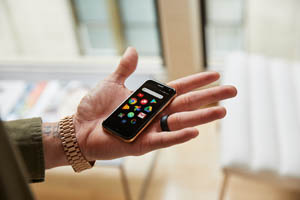
Seriously, you have to see this phone in person to understand how small it is. Pictures don’t do it justice.
Design and Build
Imagine if you took the shrink-ray from “Honey I Shrunk the Kids”, cranked the power-level to 50% and aimed it squarely at one of the dozens of iPhone X Clone phones that are out there. What you’d be left with is the Palm..er..Palm (Seriously? The make and model of this device are both “Palm”?).
While I was skeptical at first after seeing the initial press releases, I have to admit that I was smitten when I saw the phone in person. When I was able to fit the phone into the small coin pocket of my jeans, I was immediately sold on the idea of taking a tiny phone with me on outings to the gym, hiking or the theater. The idea of having a stripped down phone that lets lets you break away from your big bulky device seems strange at first, but once you get your hands on this charming little device, it suddenly becomes quite tempting indeed.
Usability
So how does a phone with a miniscule 3.3″ screen actually operate in day-to-day function? Surprisingly well it turns out, as long as you are using the device as intended. The Palm comes with a few software customizations that make it easier to navigate and use despite the tiny screen.
The first is the custom app launcher. Very reminiscent of the Apple Watch, the home screen is little more than a floating array of icons that you can scroll through and tap to launch. As far as I could tell, there is no way to add traditional Android home screen widgets or even customize the wallpaper. What you lack in functionality you gain in simplicity and ease of navigation.
The second optimization is the “Fleksy” keyboard which replaces the stock android keyboard. Fleksy is packed with gestures and shortcuts that make it easy to type and correct your mistakes even if you suffer from the inevitable fat finger syndrome.
Once you start venturing outside the casual use of the Palm, you may start to run into issues. This phone is intended for quick calls, short messages and updates. If you try to write your next screenplay or pwn some noobs on Fortnite using the Palm, well, you’re gonna have a bad time.
Camera, etc.
Despite it’s diminutive size, the Palm still packs the requisite set of front and rear cameras. On paper, the specs are in line with a high-end phone at 8MP and 12MP respectively. Savvy consumers should be aware however, that there’s a whole lot more to image quality than mega-pixels, as dynamic range, lens aperture, etc. play a much bigger role than pixel count alone.
The Palm’s camera quality is roughly akin to a flagship phone from 3 or 4 years ago, which is to say, OK but not great. Auto-focus is slow, and images are on the desaturated and blurry side. It’s hard to fault Palm for poor camera performance, as this was never intended to be a device for photophiles. Consider the cameras on the Palm a matter of convenience, rather than a headline feature.
Final Thoughts
The Palm is a surprisingly charming little device that really caught me off guard. Sometimes you just wanna get away from your big ‘ol smartphone, while still having a lifeline to the outside world, and that’s exactly what Palm delivers. Some may balk at the idea of paying and extra $10 a month for what is essentially a phone for your phone, but I have to admit, come 11/2, I’ll be considering picking one up.

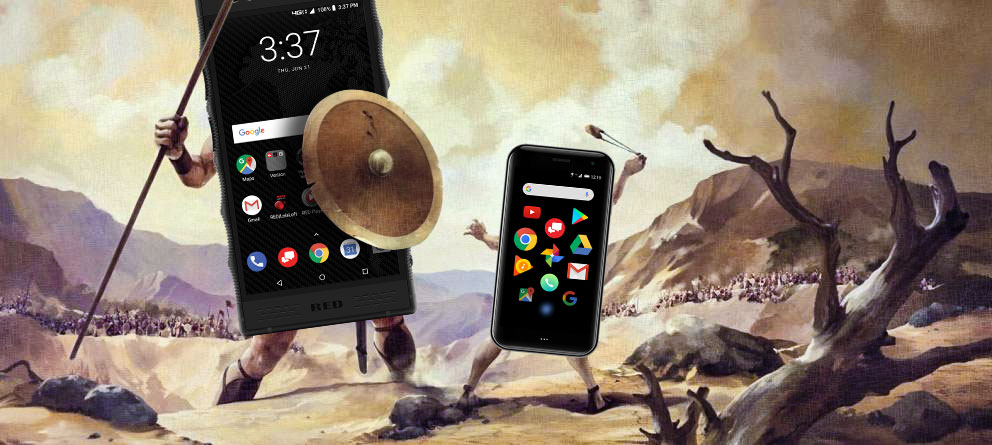

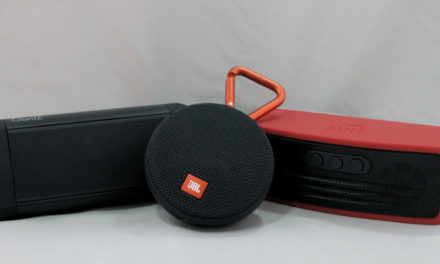
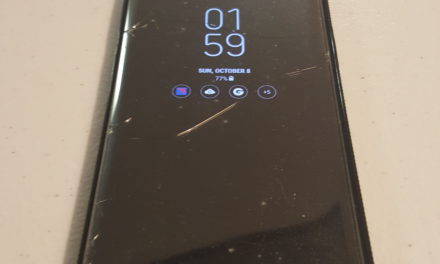
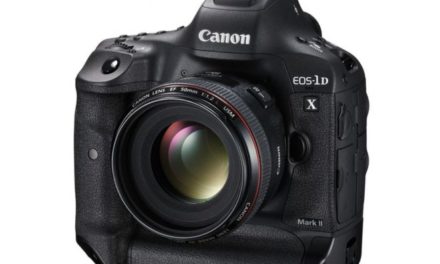
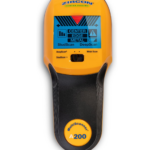
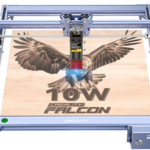
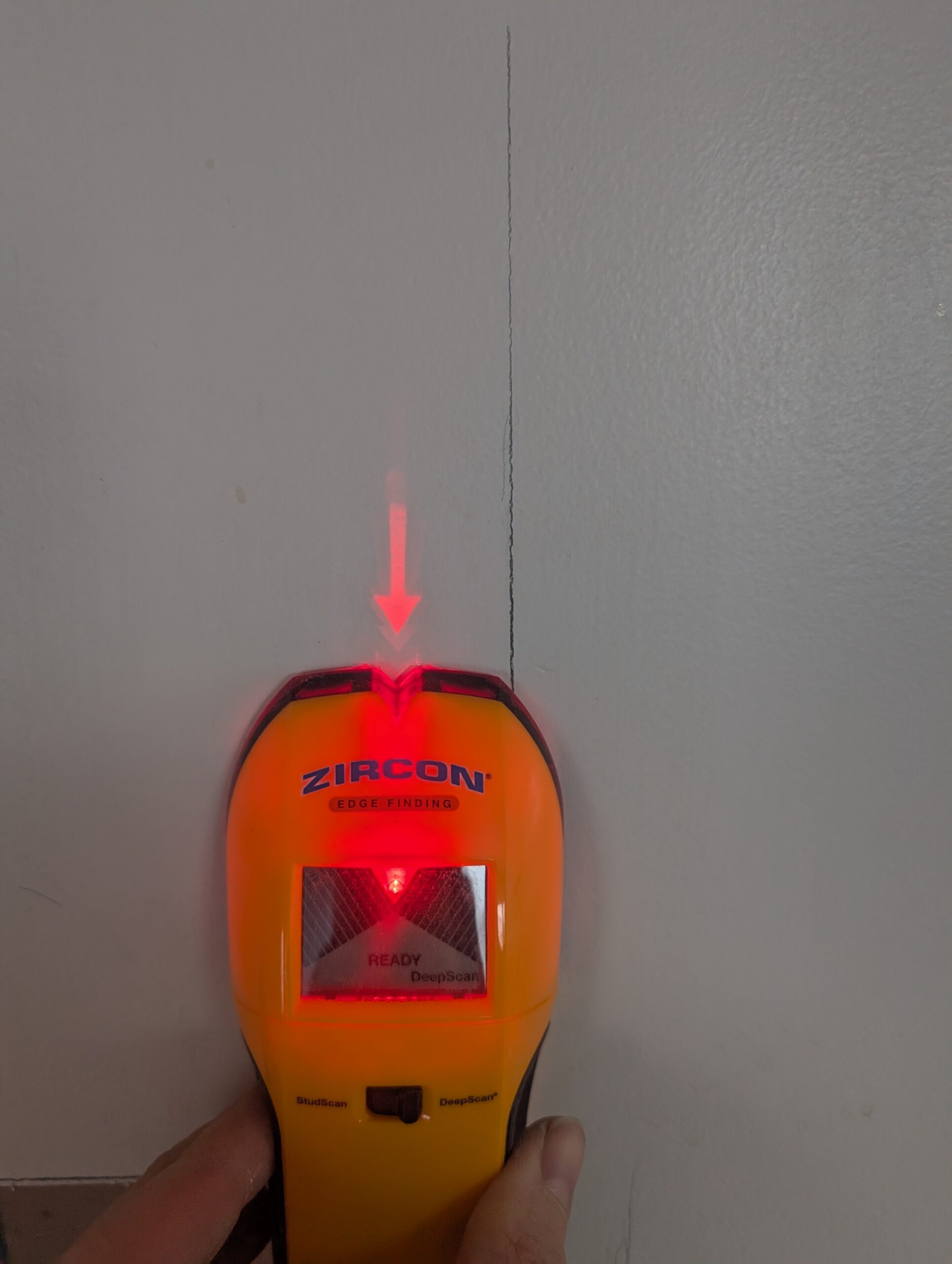
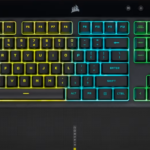
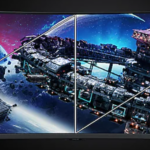
Is it ok to add some more detail? It’s a highly informative post nonetheless, so bless you!
You’re quite informative. Would it be ok to pose some questions?
I’ve been browsing on-line greater than 3 hours today, but I by no means discovered any interesting article like yours.
It’s pretty worth sufficient for me. In my view, if all web owners
and bloggers made good content as you did, the net can be much more helpful than ever
before.
Thanks , I’ve just been searching for information about
this topic for ages and yours is the greatest I’ve came upon till now.